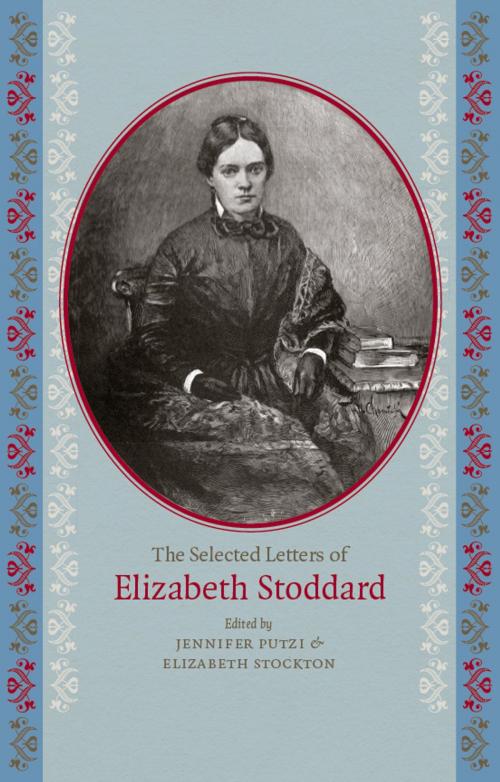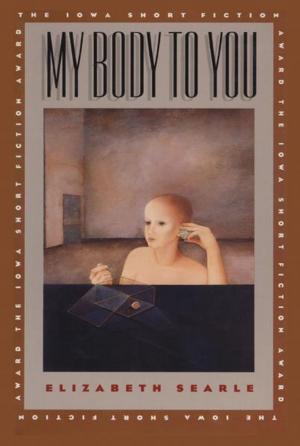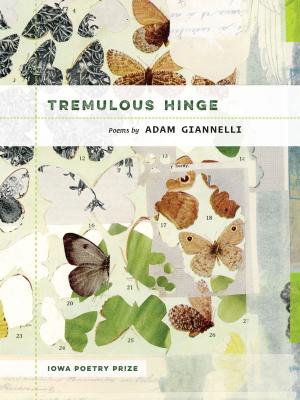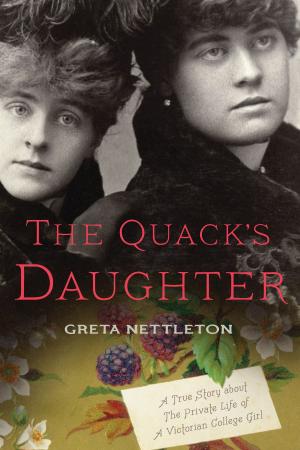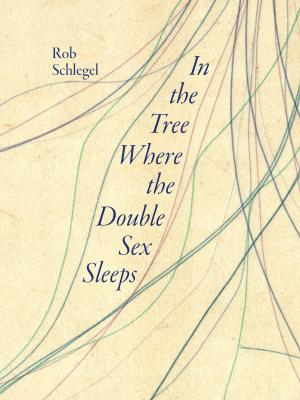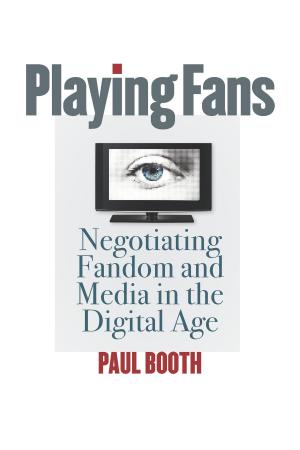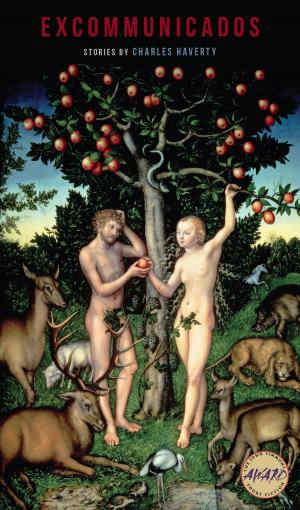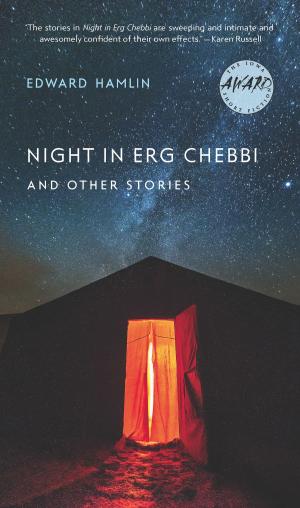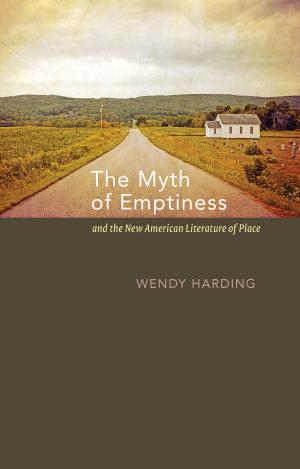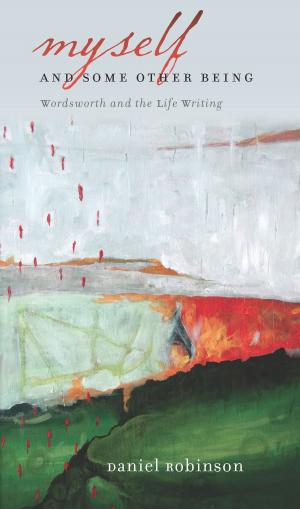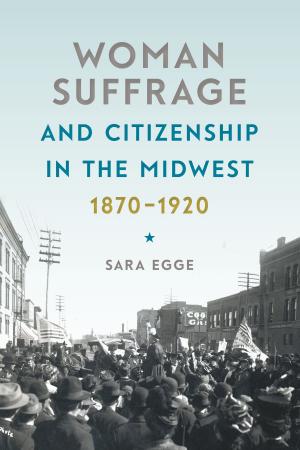The Selected Letters of Elizabeth Stoddard
Fiction & Literature, Literary Theory & Criticism, Women Authors| Author: | ISBN: | 9781609381455 | |
| Publisher: | University of Iowa Press | Publication: | November 15, 2012 |
| Imprint: | University Of Iowa Press | Language: | English |
| Author: | |
| ISBN: | 9781609381455 |
| Publisher: | University of Iowa Press |
| Publication: | November 15, 2012 |
| Imprint: | University Of Iowa Press |
| Language: | English |
In response to the resurgence of interest in American novelist, poet, short-story writer, and newspaper correspondent Elizabeth Stoddard (1823–1902), whose best-known work is The Morgesons (1862), Jennifer Putzi and Elizabeth Stockton spent years locating, reading, and sorting through more than 700 letters scattered across eighteen different archives, finally choosing eighty-four letters to annotate and include in this collection. By presenting complete, annotated transcripts, The Selected Letters provides a fascinating introduction to this compelling writer, while at the same time complicating earlier representations of her as either a literary handmaiden to her at-the-time more famous husband, the poet Richard Henry Stoddard, or worse, as the “Pythoness” whose difficult personality made her a fickle and unreasonable friend.
The Stoddards belonged to New York's vibrant, close-knit literary and artistic circles. Among their correspondents were both family members and friends including writers and editors such as Julia Caroline Ripley Dorr, Rufus Griswold, James Russell Lowell, Caroline Healey Dall, Julian Hawthorne, William Dean Howells, Helen Hunt Jackson, Edmund Clarence Stedman, and Margaret Sweat.
An innovative and unique writer, Stoddard eschewed the popular sentimentality of her time even while exploring the emotional territory of relations between the sexes. Her writing—in both her published fiction and her personal letters—is surprisingly modern and psychologically dense. The letters are highly readable, lively, and revealing, even to readers who know little of her literary output or her life.
As scholars of epistolarity have recently argued, letters provide more than just a biographical narrative; they also should be understood as aesthetic performances themselves. The correspondence provides a sense of Stoddard as someone who understood letter writing as a distinct and important literary genre, making this collection particularly well suited for new conceptualizations of the epistolary genre.
In response to the resurgence of interest in American novelist, poet, short-story writer, and newspaper correspondent Elizabeth Stoddard (1823–1902), whose best-known work is The Morgesons (1862), Jennifer Putzi and Elizabeth Stockton spent years locating, reading, and sorting through more than 700 letters scattered across eighteen different archives, finally choosing eighty-four letters to annotate and include in this collection. By presenting complete, annotated transcripts, The Selected Letters provides a fascinating introduction to this compelling writer, while at the same time complicating earlier representations of her as either a literary handmaiden to her at-the-time more famous husband, the poet Richard Henry Stoddard, or worse, as the “Pythoness” whose difficult personality made her a fickle and unreasonable friend.
The Stoddards belonged to New York's vibrant, close-knit literary and artistic circles. Among their correspondents were both family members and friends including writers and editors such as Julia Caroline Ripley Dorr, Rufus Griswold, James Russell Lowell, Caroline Healey Dall, Julian Hawthorne, William Dean Howells, Helen Hunt Jackson, Edmund Clarence Stedman, and Margaret Sweat.
An innovative and unique writer, Stoddard eschewed the popular sentimentality of her time even while exploring the emotional territory of relations between the sexes. Her writing—in both her published fiction and her personal letters—is surprisingly modern and psychologically dense. The letters are highly readable, lively, and revealing, even to readers who know little of her literary output or her life.
As scholars of epistolarity have recently argued, letters provide more than just a biographical narrative; they also should be understood as aesthetic performances themselves. The correspondence provides a sense of Stoddard as someone who understood letter writing as a distinct and important literary genre, making this collection particularly well suited for new conceptualizations of the epistolary genre.
